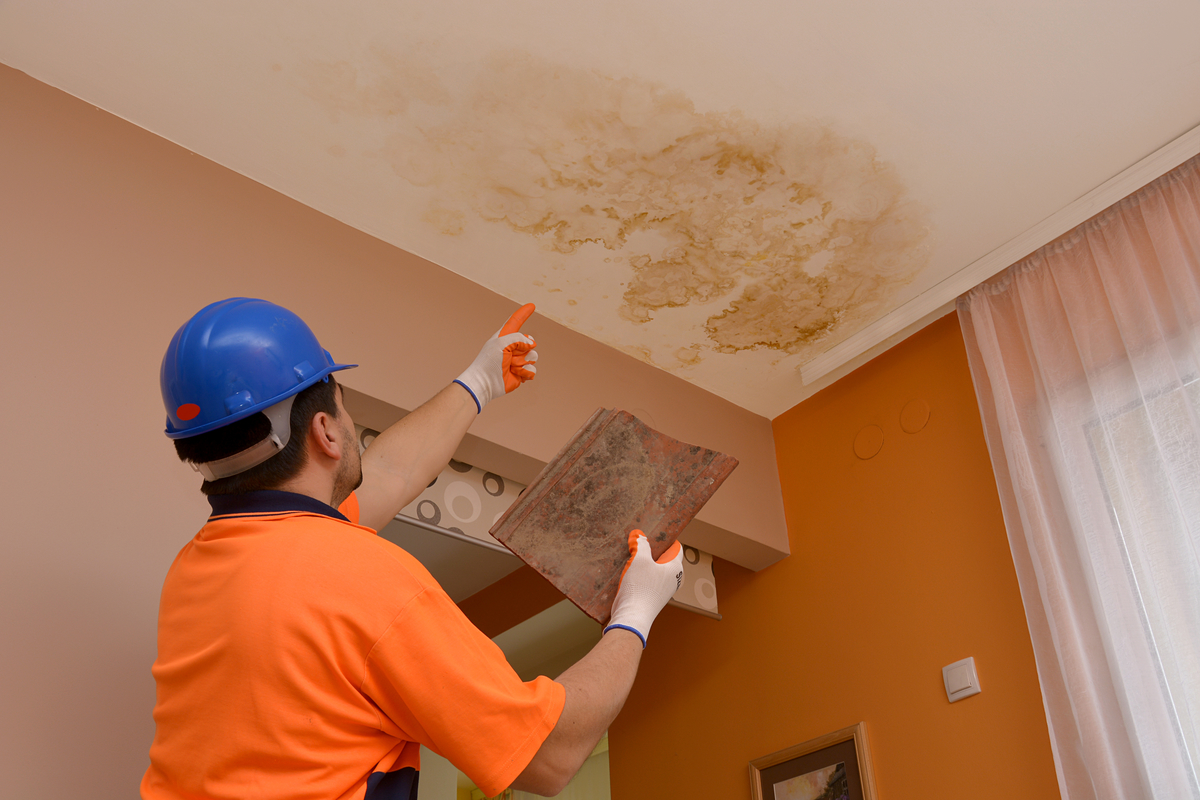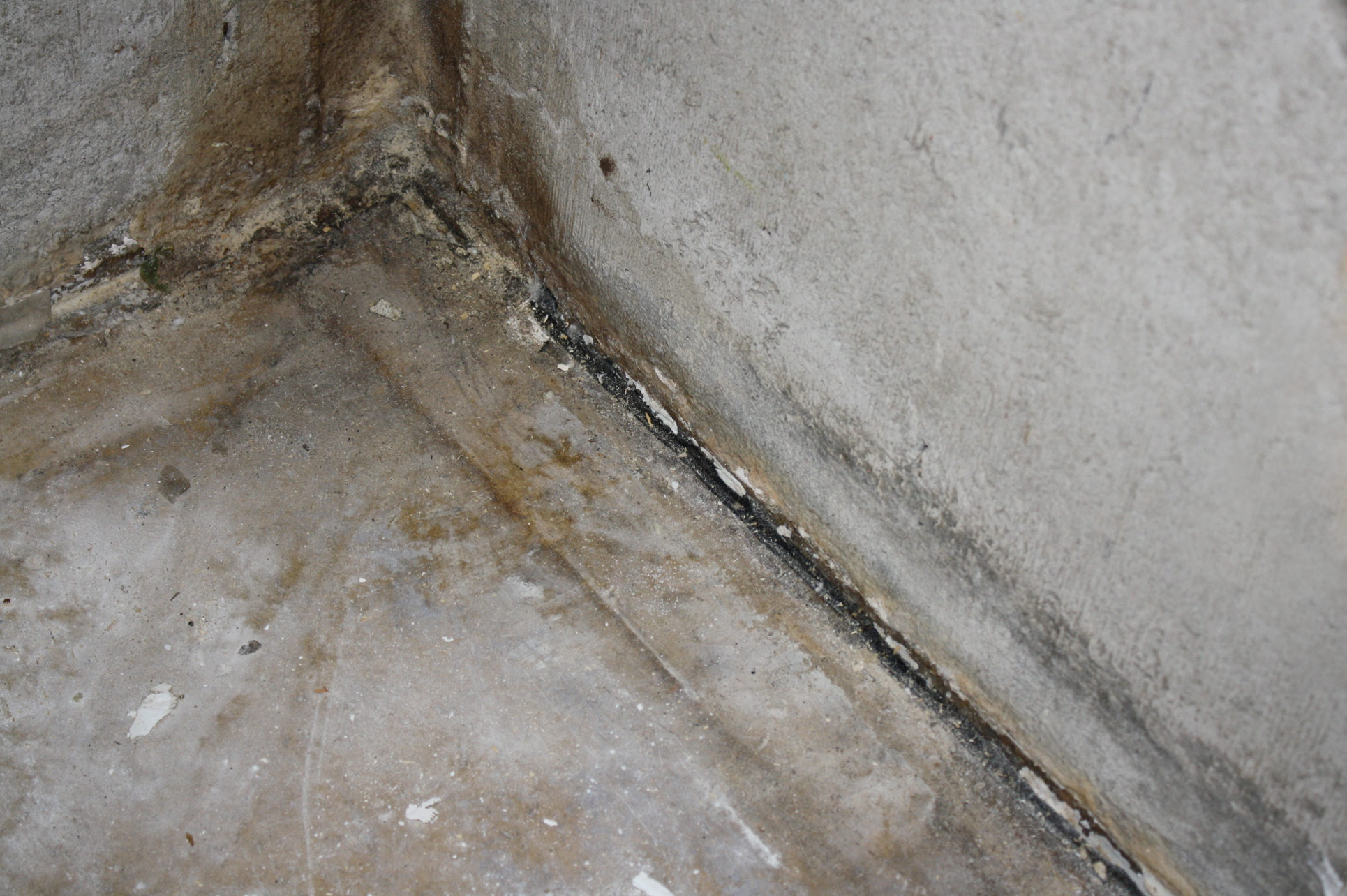The Six Most Common Sources of Water Leaks in Your Home: How to Identify and Address Them
The Six Most Common Sources of Water Leaks in Your Home: How to Identify and Address Them
Blog Article
The article author is making several great pointers related to How to detect water leaks in your home as a whole in this great article down below.

Leaks not just cause waste of water yet can also trigger unnecessary damage to your home and advertise unwanted natural development. Water leakages may go unnoticed given that most of the pipework in our house is hidden. By comprehending and looking for day-to-day circumstances that create leaks, you can protect your home from future leakages and also unneeded damage. Today, we will take a look at 6 leakage creates that might be causing your pipes to trickle.
Elbowing in roots
Most water leakages begin outside the house instead than inside it. You might notice wet patches or sinkholes in your lawn, and also that may indicate that tree roots are attacking water lines creating water to seep out.
Corroded water supply
As time passes by, your plumbing system ages and deterioration such as rust may start eating away the pipes. This might be the source of discoloration or bending on your pipes. This requires an assessment with your plumber quickly. If our plumbing system is old, consider replacing the pipelines considering that they go to a higher risk of rust than the more recent versions.
Faulty Pipe Joints
Pipeline joints can degrade over time, resulting in water leaks. If you have noisy pipes that make ticking or banging noises, especially when the hot water is transformed on, your pipe joints are possibly under a lot of pressure.
Immediate temperature modifications.
Extreme temperature level changes in our pipes can trigger them to broaden and get unexpectedly. This development and tightening might cause splits in the pipelines, especially if the temperature are below freezing. If you kept an eye on exactly how your plumbing functions, it would certainly be best. The visibility of the formerly pointed out scenarios frequently shows a high danger.
Poor Water Connectors
At times, a leakage can be caused by loosened pipes and pipelines that supply your home appliances. Usually, shifting is what creates the loosened water Links. You might find in the case of a cleaning equipment, a tube may spring a leak as a result of trembling during the spin cycle. In case of a water connections leakage, you may see water running straight from the supply line or puddles around your devices.
Clogged Drains
Clogged drains might be annoying and also inconveniencing, however they can in some cases end up triggering an overflow leading to rupture pipelines. Keep getting rid of any products that may drop your drains that might obstruct them to avoid such troubles.
All the above are reasons for leakages however not all water leakages arise from plumbing leaks; some leaks could originate from roofing leaks. All leakages should be fixed instantly to stay clear of water damage.
Leakages not only create waste of water but can likewise trigger unneeded damage to your home as well as advertise undesirable organic growth. By comprehending and also looking for day-to-day scenarios that trigger leaks, you can safeguard your house from future leaks as well as unneeded damages. Today, we will certainly look at 6 leakage creates that might be creating your pipelines to drip.
At times, a leak can be triggered by loose hose pipes as well as pipelines that supply your home appliances. In instance of a water links leakage, you might observe water running straight from the supply line or pools around your home appliances.
How To Check For Water Leak In Your Home
How To Check for Leaks
The average household's leaks can account for nearly 10,000 gallons of water wasted every year and ten percent of homes have leaks that waste 90 gallons or more per day. Common types of leaks found in the home are worn toilet flappers, dripping faucets, and other leaking valves. These types of leaks are often easy to fix, requiring only a few tools and hardware that can pay for themselves in water savings. Fixing easily corrected household water leaks can save homeowners about 10 percent on their water bills.
To check for leaks in your home, you first need to determine whether you're wasting water and then identify the source of the leak. Here are some tips for finding leaks:
Take a look at your water usage during a colder month, such as January or February. If a family of four exceeds 12,000 gallons per month, there are serious leaks.
Check your water meter before and after a two-hour period when no water is being used. If the meter changes at all, you probably have a leak.
Identify toilet leaks by placing a drop of food coloring in the toilet tank. If any color shows up in the bowl after 10 minutes, you have a leak. (Be sure to flush immediately after the experiment to avoid staining the tank.)
Examine faucet gaskets and pipe fittings for any water on the outside of the pipe to check for surface leaks.
Undetected water leaks can happen without the home or business owner even realizing. If you suspect a water leak, but not able to find the source. It is time to contact a professional water leak detection service, The Leak Doctor.
How To Find a Water Leak In Your Home
https://www.leakdoctor.com/blog/How-To-Check-For-Water-Leak-In-Your-Home_AE197.html

Hopefully you liked our excerpt about How Fast Water Damage Can Ruin Your Home. Thank you for spending some time to read through our posting. For those who liked our post please remember to pass it around. Thank-you for taking the time to read it.
Suggested Site Report this page